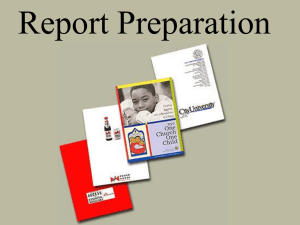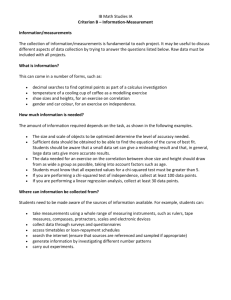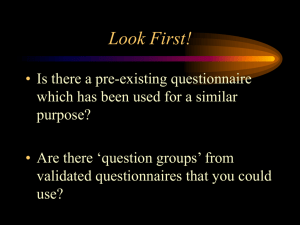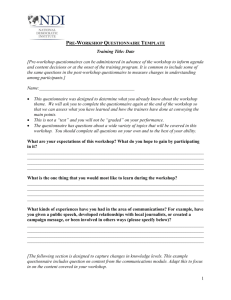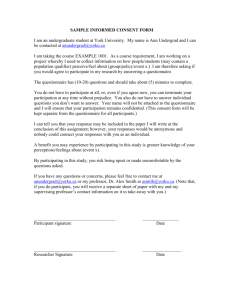Year 10 Business Studies: Market Research & Marketing Coursework
advertisement
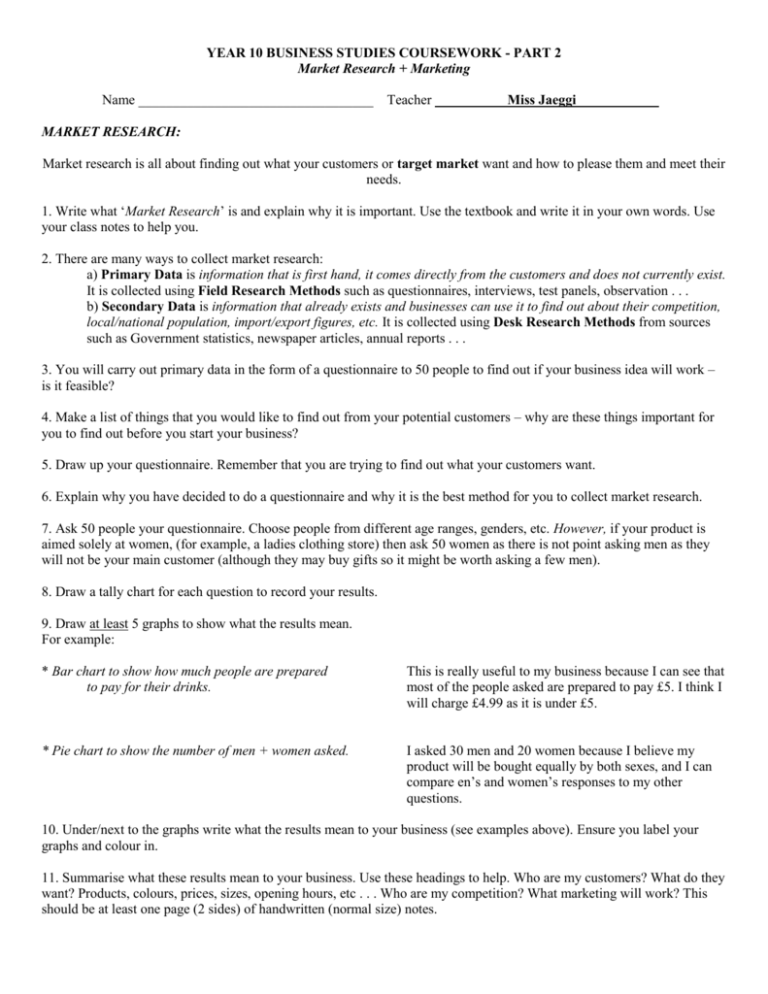
YEAR 10 BUSINESS STUDIES COURSEWORK - PART 2 Market Research + Marketing Name __________________________________ Teacher Miss Jaeggi n MARKET RESEARCH: Market research is all about finding out what your customers or target market want and how to please them and meet their needs. 1. Write what ‘Market Research’ is and explain why it is important. Use the textbook and write it in your own words. Use your class notes to help you. 2. There are many ways to collect market research: a) Primary Data is information that is first hand, it comes directly from the customers and does not currently exist. It is collected using Field Research Methods such as questionnaires, interviews, test panels, observation . . . b) Secondary Data is information that already exists and businesses can use it to find out about their competition, local/national population, import/export figures, etc. It is collected using Desk Research Methods from sources such as Government statistics, newspaper articles, annual reports . . . 3. You will carry out primary data in the form of a questionnaire to 50 people to find out if your business idea will work – is it feasible? 4. Make a list of things that you would like to find out from your potential customers – why are these things important for you to find out before you start your business? 5. Draw up your questionnaire. Remember that you are trying to find out what your customers want. 6. Explain why you have decided to do a questionnaire and why it is the best method for you to collect market research. 7. Ask 50 people your questionnaire. Choose people from different age ranges, genders, etc. However, if your product is aimed solely at women, (for example, a ladies clothing store) then ask 50 women as there is not point asking men as they will not be your main customer (although they may buy gifts so it might be worth asking a few men). 8. Draw a tally chart for each question to record your results. 9. Draw at least 5 graphs to show what the results mean. For example: * Bar chart to show how much people are prepared to pay for their drinks. This is really useful to my business because I can see that most of the people asked are prepared to pay £5. I think I will charge £4.99 as it is under £5. * Pie chart to show the number of men + women asked. I asked 30 men and 20 women because I believe my product will be bought equally by both sexes, and I can compare en’s and women’s responses to my other questions. 10. Under/next to the graphs write what the results mean to your business (see examples above). Ensure you label your graphs and colour in. 11. Summarise what these results mean to your business. Use these headings to help. Who are my customers? What do they want? Products, colours, prices, sizes, opening hours, etc . . . Who are my competition? What marketing will work? This should be at least one page (2 sides) of handwritten (normal size) notes.

